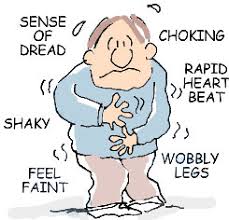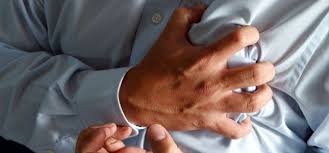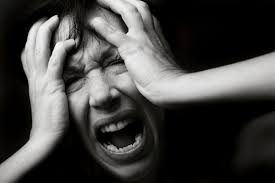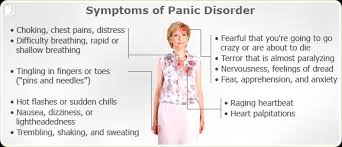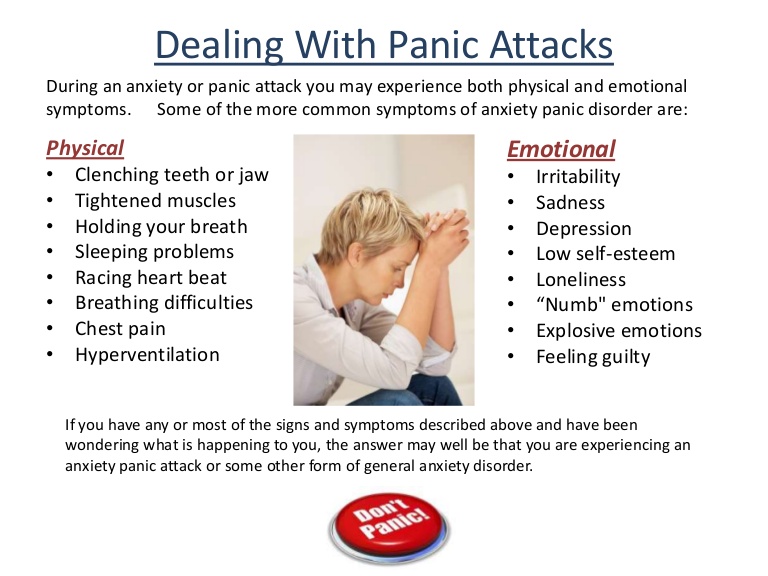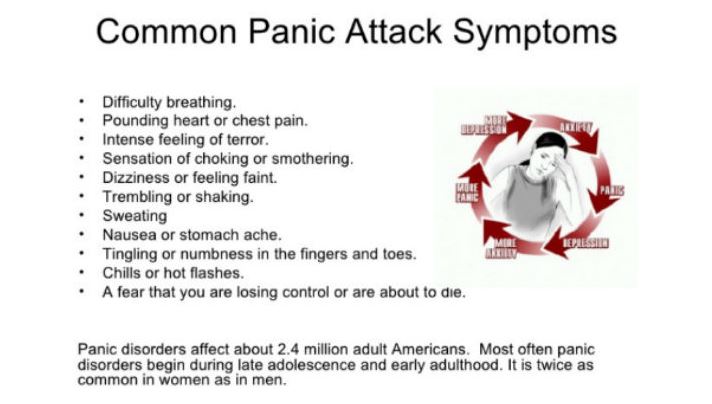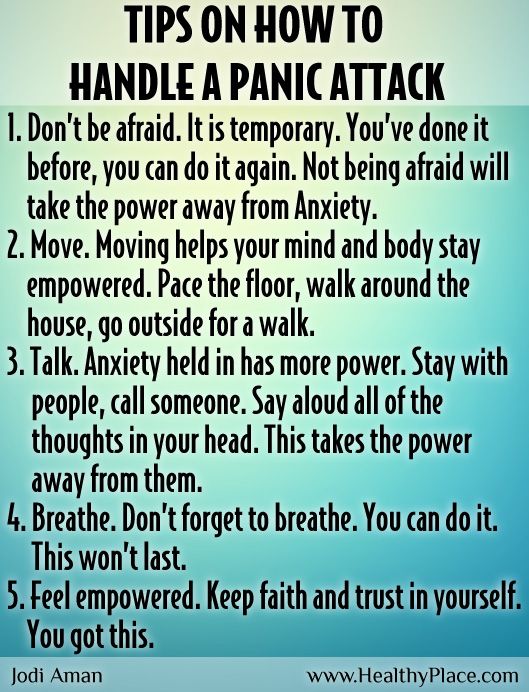Panic Disorder
(with & without Agoraphobia)
Dr.Balan Stephen
Definition
An anxiety disorder characterized by recurrent unexpected panic attacks.
It can occur alone or in combination with agoraphobia.
It is a disabling illness and cause significant impairment in personal, occupational and social functioning of the individual.
Epidemiology
Prevalence
Life time prevalence of panic disorder is 1.5 to 5 %
Lifetime prevalence of panic attack 3 to 5%
Life time prevalence of agoraphobia 0.6 - 6%
Panic disorder without agoraphobia is more common than panic disorder with agoraphobia.
Sex
More women than men are affected.
Women to men ratio. 2:1
Panic disorder with agoraphobia is 2.5 to 4 times more common in women than men.
Age
Typical age of onset is third decade of life
Risk Factors
Widows
Separated and divorced individuals.
Aetiology
Exact aetiology not known.
Traumatic experiences.
Pathophysiology
An abnormally sensitive anxiety regulating mechanism is involved
It originates in amygdala
It lowers the threshold for tolerating sensory information,
Ordinary sensory information activates responses through brainstem nuclei
Accompanying catastrophic cognition is activated through cortex leading to panicattack.
A panic attack is the consequence of hypersensitivity of the presynaptic alpha 2 receptor, increased firing rate of locus ceruleus.
Failure of GABA system inhibiting signals to inhibit the locus ceruleus leads to panic attacks.
Clinical Features
Panic Attacks
They are spontaneous sudden episodes of severe anxiety that are characterised by physical symptoms and anticipation of dreadful consequences.
They reach maximum intensity very quickly i.e. within 10 minutes and the whole attack lasts for 20-30 minutes.
Features consist of both physical and mental symptoms.
The physical symptoms include palpitation, sweating, shaking/trembling, dry mouth, difficulty in breathing, and feeling of choking, chest pain, abdominal distress, hot flushes, cold chills, and numbness sensation.
The mental symptom include feeling dirty, derealisation, depersonalization, fear of losing control, fear of dying.
In between the attacks, patients usually have anticipatory anxiety, which is intense fear of having another attack.
Anticipatory Anxiety
Persistent and almost constant fear of
- having another attack
- certain symptoms of panic attacks
- anticipated consequences of panic attacks like,
- 1). physical consequences (death through a heart attack, stroke, choking etc.)
- 2.) Psychological consequences (loss of control, becoming crazy etc.)
- 3), social consequences (embarrassment, shame etc.)
Panic Disorder
Moderate type-at least 4 panic attacks in 4 week period
Severe type ----- at least 4 panic attacks per week over a 4 week period.
Agarophobia
It is fear of certain situations.
Types of situations feared or avoided by agoraphobic patients are listed below.
-leaving home alone
- travelling alone
- going to faraway places alone
- Crowdedplace
- train , buses, aeroplane during flight
- Elevators
- Underground subways.
-- Theatre, standing in queue.
The patient is afraid that he may not be able to get help in case of difficulty or panic attack.
With passage of time the patient adds more and more situations and places
The symptom the patient fears most are light-headedness, fainting feelings, and dizziness. The patient misinterprets the symptoms as warning signs for impending collapse or death and the patent feels these events in public would be particularly embarrassing.
The avoidance of situation may be subtle or may interfere with social and occupational functioning.
Course and Prognosis
Panic disorder is a chronic disorder
Complete or almost complete remission with no impairment of functioning occurs in 30 % patients.
In half of patients the course of illness is chronic with fluctuation.
The following are risk factors for chronic course and poor prognosis
Living alone
Early onset
Long duration of disorder before treatment initiation.
Presence of comorbid substance abuse.
Differential Diagnosis
Hyperthyroidism
Cardiac arrhythmias
Vestibular dysfunction
Mitral valve prolapse
Hypoglycaemia
Pheochromocytoma
Treatment
Antidepressants and benzodiazepines are used in the treatment of panic disorder, combined with psychotherapy.
escitalopram ---- 10-20 mg/day
Imipramine ---- 75-100 mg/day
Clonazepam ------ 0.25 -2 mg / day
* * * * * * * * * * * *




